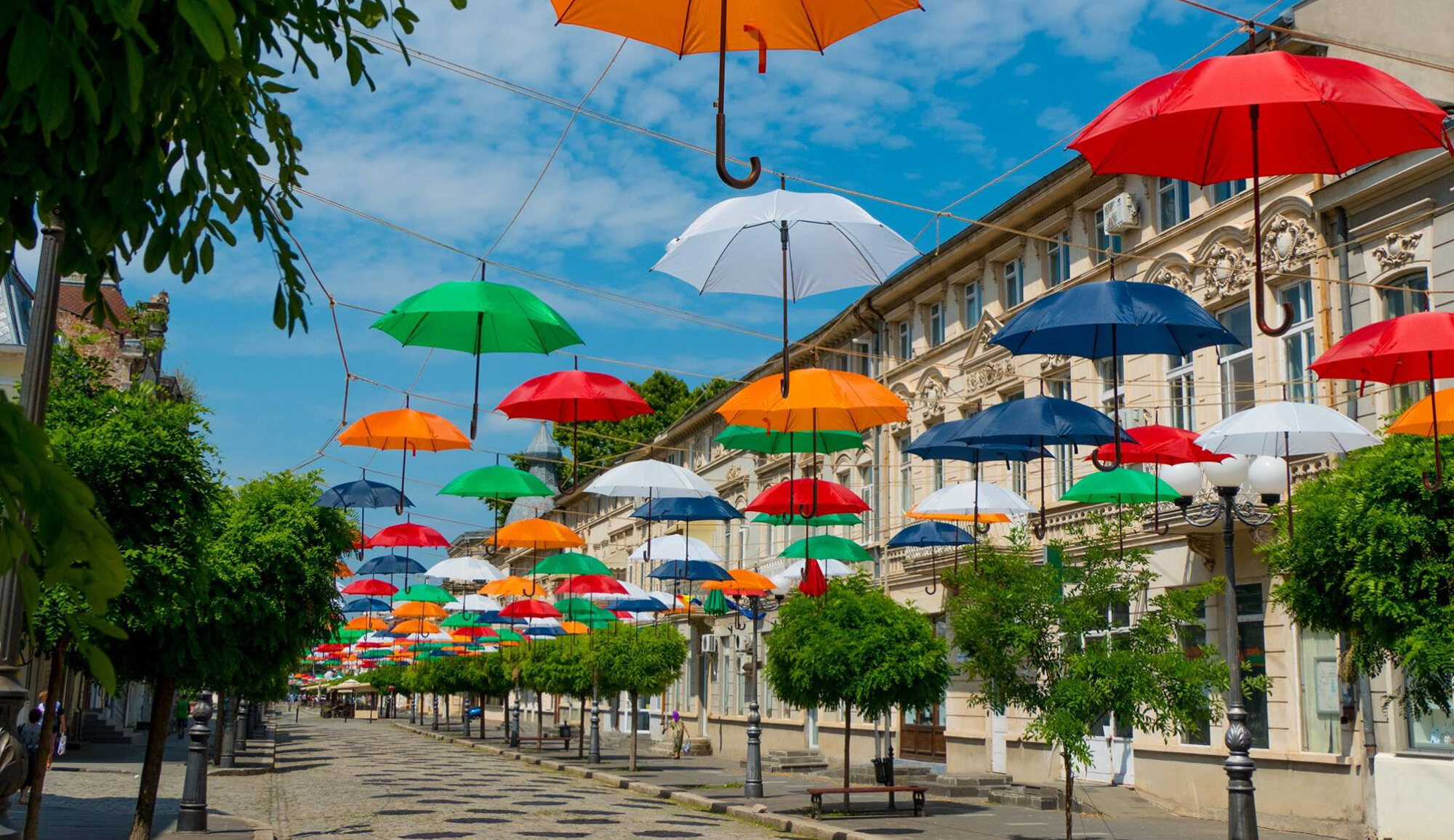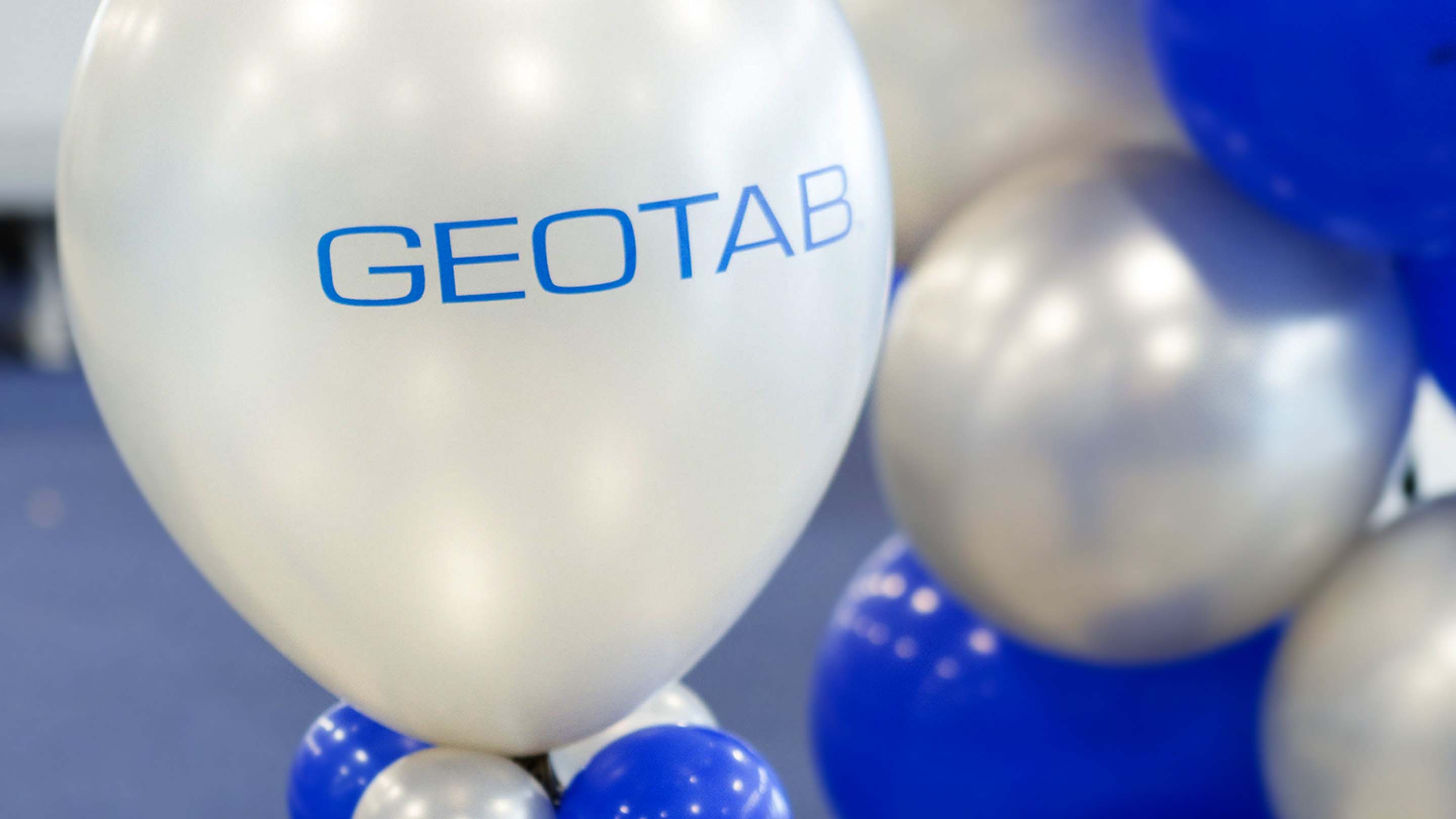
Located in the southeastern part of Romania, Braila is a charming city that boasts a rich and diverse history. With its strategic position on the banks of the Danube River, Braila has been an important trading and cultural hub for centuries. From its architectural marvels to its vibrant cultural scene, there are numerous reasons why Braila continues to captivate visitors from around the world.
In this article, we will explore 46 fascinating facts about Braila that highlight the city’s unique character and significance. From its ancient origins to its modern-day developments, we will delve into the historical, cultural, and natural aspects that make Braila a truly remarkable destination.
Key Takeaways:
- Braila, Romania, offers a rich cultural experience with vibrant festivals, delicious cuisine, and stunning landmarks. Explore its museums, parks, and theaters for a captivating visit.
- With a blend of history, culture, and natural beauty, Braila is a captivating destination for history enthusiasts, nature lovers, and foodies alike. Plan your visit and experience its unique charm firsthand.
Braila is a city in Romania located on the banks of the Danube River.
With a population of over 180,000, Braila is the 11th largest city in Romania.
Braila was founded in the 14th century during the rule of Wallachian Prince Radu Negru.
It has a rich history and has served as an important trading hub throughout the centuries.
The name ‘Braila’ is believed to have originated from the word “birlic”, which means “a small boat used for crossing the river”.
This reflects the city’s close connection to the Danube River.
Braila is known for its stunning architectural heritage.
The city is home to numerous beautiful buildings, including the Episcopal Palace, the Mosque of Carol I, and the Maria Filotti Theatre.
Braila is a major port city in Romania.
It serves as an important transportation hub for goods coming in and out of the country.
The city is famous for its shipbuilding industry.
Braila has a long tradition of constructing and repairing ships, contributing to its economic growth.
Braila is a vibrant cultural center with numerous museums, art galleries, and theaters.
Visitors can explore the Braila Museum of History and Archaeology, the Art Museum, and enjoy performances at the Maria Filotti Theatre.
The city is known for its lively festivals and events throughout the year, such as the Braila Music Festival and the Danube Carnival.
These events showcase the rich cultural heritage of the region and attract visitors from all over the country.
Braila is surrounded by beautiful natural landscapes and has several parks and green spaces.
Visitors can enjoy relaxing walks in the Public Garden, the Mihai Eminescu Park, or explore the nearby Natural Park “Balta Mica a Brailiei.
Braila has a diverse cuisine influenced by Romanian, Turkish, and Balkan flavors.
Visitors can indulge in delicious traditional dishes such as sarmale (stuffed cabbage rolls), mici (grilled minced meat rolls), and placinte (savory pastries).
Braila is known for its wine production.
The region has vineyards that produce a variety of high-quality wines, including Feteasca Neagra and Grasa de Cotnari.
Braila has a rich literary heritage.
Renowned Romanian poet George Cosbuc was born in Braila and is celebrated for his contributions to Romanian literature.
Braila is home to the University Dunarea de Jos, which offers a wide range of academic programs in various fields of study.
It attracts students from all over the country and abroad.
The city has a diverse religious landscape with churches, synagogues, and mosques.
Visitors can explore the Braila Cathedral, the Great Synagogue, and the Mahmudia Mosque, reflecting the city’s multicultural history.
Braila is a popular destination for birdwatchers.
The nearby Danube Delta provides a habitat for numerous bird species, attracting nature enthusiasts from around the world.
The Braila Bridge is an iconic landmark in the city.
It is a steel truss bridge that spans across the Danube River, connecting Braila with the city of Smardan.
Braila is known for its strong agricultural sector.
The fertile land surrounding the city allows for the cultivation of crops such as wheat, corn, and sunflowers.
The city has a well-developed public transportation system, including buses and trams, making it easy to navigate and explore.
Additionally, there are plans to build a metro system in the future to further improve connectivity within the city.
Braila has a vibrant nightlife scene with numerous bars, clubs, and restaurants.
Visitors can enjoy live music, dance the night away, or indulge in delicious local cuisine.
The city hosts a range of sporting events and activities, including football, basketball, tennis, and water sports along the Danube River.
Braila is home to sports clubs and facilities that cater to both professionals and recreational enthusiasts.
Braila has a strong sense of community and hosts various cultural and educational initiatives to promote social cohesion.
These initiatives aim to engage residents in community-building activities and enhance the quality of life in the city.
Braila is well-connected to other major cities in Romania via road and rail networks.
It is approximately 200 kilometers away from Bucharest, the capital city of Romania.
The city is characterized by its mix of architectural styles, including Gothic, Renaissance, Baroque, and Art Nouveau.
Visitors can admire the diverse architectural influences as they explore the city.
Braila is known for its thermal springs.
Visitors can relax and rejuvenate in the thermal baths in nearby locations such as Lacul Sarat.
The local cuisine of Braila features a wide variety of delicious seafood dishes due to its close proximity to the Danube River and the Black Sea.
Seafood lovers can savor dishes such as grilled fish, shrimp soups, and local specialties like sturgeon.
The city has a rich folklore tradition.
During festivals and celebrations, visitors can witness traditional dances, music performances, and colorful costumes.
Braila is home to several cultural institutions and organizations dedicated to preserving and promoting the local heritage.
These organizations organize exhibitions, workshops, and events that showcase the rich cultural traditions of the region.
The city has a bustling market scene where visitors can find fresh produce, local crafts, and traditional products.
The Braila Central Market is a must-visit for those looking to immerse themselves in the local culture.
Braila is a key center for trade and commerce in the region, attracting businesses and investors.
It offers favorable conditions for entrepreneurship and has a well-developed infrastructure.
The local dialect spoken in Braila has unique characteristics influenced by various surrounding regions.
Visitors might hear a blend of Romanian, Turkish, and Balkan accents in the local language.
The city is a treasure trove of archaeological findings.
Excavations in and around Braila have revealed artifacts dating back to ancient civilizations, providing valuable insights into the region’s history.
Braila is home to several parks and recreational areas where residents and visitors can enjoy outdoor activities and leisurely walks.
These include the Parcul Monument, Parcul Orizont, and the Parc Monument “Nicolae Balcescu”.
The city offers a range of educational institutions, including primary schools, high schools, and vocational schools.
Braila is committed to providing quality education for its residents.
The city has a vibrant arts and music scene.
Braila hosts regular art exhibitions, music festivals, and live performances that showcase local talent and creativity.
Braila is a center for medical services, with several hospitals and healthcare facilities catering to the needs of the local population.
Residents have access to quality healthcare and specialized medical treatments.
The city has a strong commitment to environmental sustainability.
Efforts are made to promote green initiatives, such as recycling programs and the preservation of natural resources.
Braila is a popular destination for photographers, offering picturesque landscapes, historic buildings, and vibrant street scenes.
Amateur and professional photographers can capture stunning images throughout the city.
The city has a network of libraries that provide residents with access to a wide range of books, educational resources, and cultural materials.
These libraries play a crucial role in promoting literacy and lifelong learning.
Braila has a vibrant theater scene, with local theater companies and venues offering a diverse range of productions.
The city’s theaters provide a platform for talented actors, playwrights, and directors to showcase their work.
The city celebrates its cultural heritage through various events, such as the Braila Days Festival and the Danube Carnival.
These events bring the community together to celebrate the city’s history, traditions, and diversity.
Braila has a moderate continental climate with hot summers and cold winters.
Visitors can enjoy the warm temperatures during the summer months and experience snowfall in winter.
The city’s central square, Piata Independentei, is a popular gathering place and a hub for social activities.
It is surrounded by historic buildings, cafes, and shops.
Braila has strong connections to the arts and culture scene in Romania, with many renowned artists, writers, and musicians hailing from the city.
These individuals have contributed significantly to the country’s cultural heritage.
The city has a rich folklore tradition.
During festivals and celebrations, visitors can witness traditional dances, music performances, and colorful costumes.
Braila offers a range of recreational activities for outdoor enthusiasts.
Visitors can enjoy boating, fishing, hiking, and cycling along the Danube River or explore the nearby natural landscapes.
Braila is a city that celebrates its past while embracing a modern, forward-thinking outlook.
It offers a unique blend of history, culture, and natural beauty, making it a captivating destination for visitors.
Conclusion
In conclusion, Braila is a fascinating city with a rich history, stunning architecture, and vibrant culture. From its strategic location on the Danube River to its array of historical landmarks and natural attractions, Braila has something to offer to every visitor. Whether you are interested in exploring ancient fortresses, immersing yourself in traditional Romanian cuisine, or simply enjoying the captivating beauty of the city, Braila is a destination that should not be missed. With its welcoming residents and a plethora of activities and attractions, Braila is a city that will leave a lasting impression on anyone who experiences it.
FAQs
1. What is the population of Braila?
As of the latest data, Braila has a population of approximately 180,000 people.
2. What is the best time to visit Braila?
The best time to visit Braila is during the spring and autumn months when the weather is mild and pleasant. The summers can be quite hot, and winters can be cold, so it’s best to plan your visit accordingly.
3. Are there any famous landmarks in Braila?
Yes, Braila is home to several famous landmarks, including the Church of Saint Nicholas, the Braila County Museum, and the Maria Filotti Theater.
4. How can I reach Braila?
Braila is well-connected by road and rail networks. The nearest international airport is in Bucharest, which is approximately 200 kilometers away. From there, you can take a train or a bus to reach Braila.
5. Are there any outdoor activities available in Braila?
Absolutely! Braila offers a range of outdoor activities, including hiking, boating, and exploring the nearby Natural Park Comorova. You can also enjoy leisurely walks along the Danube River promenade or visit one of the city’s beautiful parks.
Braila's fascinating history, stunning architecture, and vibrant culture make it a must-visit destination for anyone exploring Romania. Discover more captivating facts about Romania, from its breathtaking landscapes to its rich traditions. Dive into the wonders of the Danube River, which has shaped Braila and countless other cities along its banks. For those interested in Eastern Europe, uncover the hidden gems and compelling stories that await in countries like Poland.
Was this page helpful?
Our commitment to delivering trustworthy and engaging content is at the heart of what we do. Each fact on our site is contributed by real users like you, bringing a wealth of diverse insights and information. To ensure the highest standards of accuracy and reliability, our dedicated editors meticulously review each submission. This process guarantees that the facts we share are not only fascinating but also credible. Trust in our commitment to quality and authenticity as you explore and learn with us.


